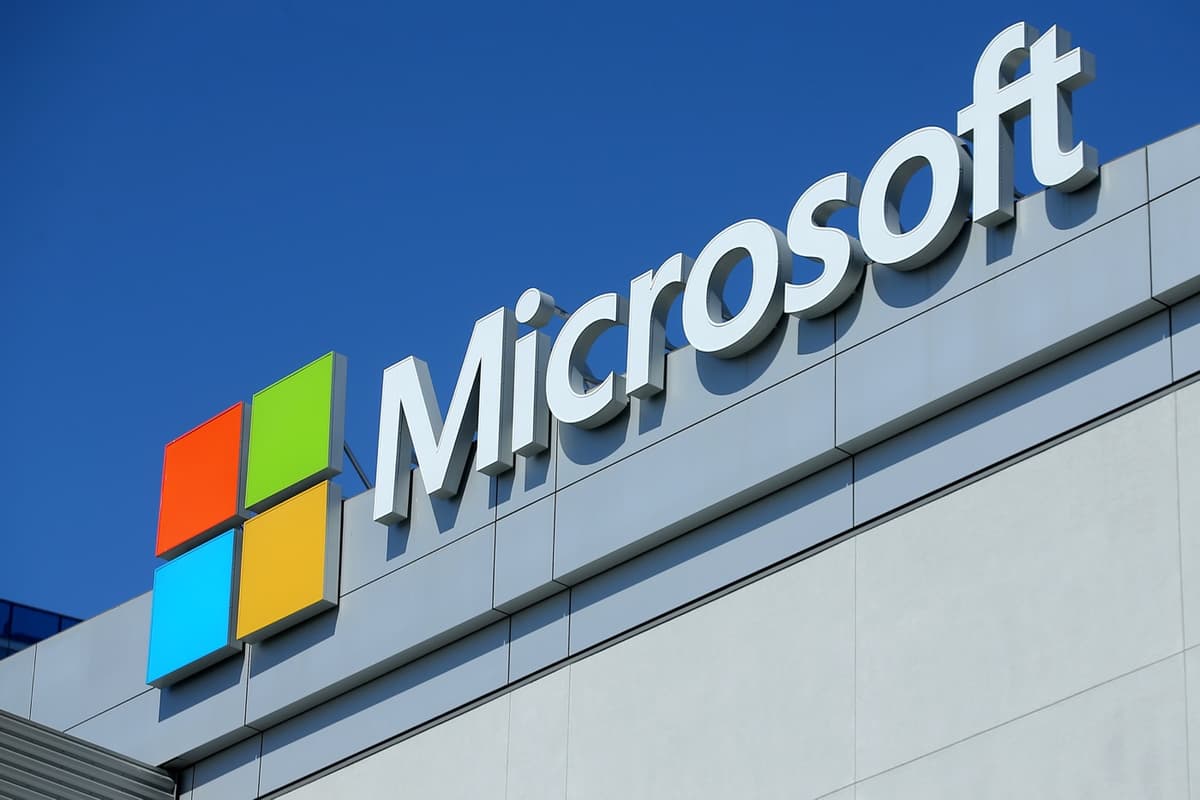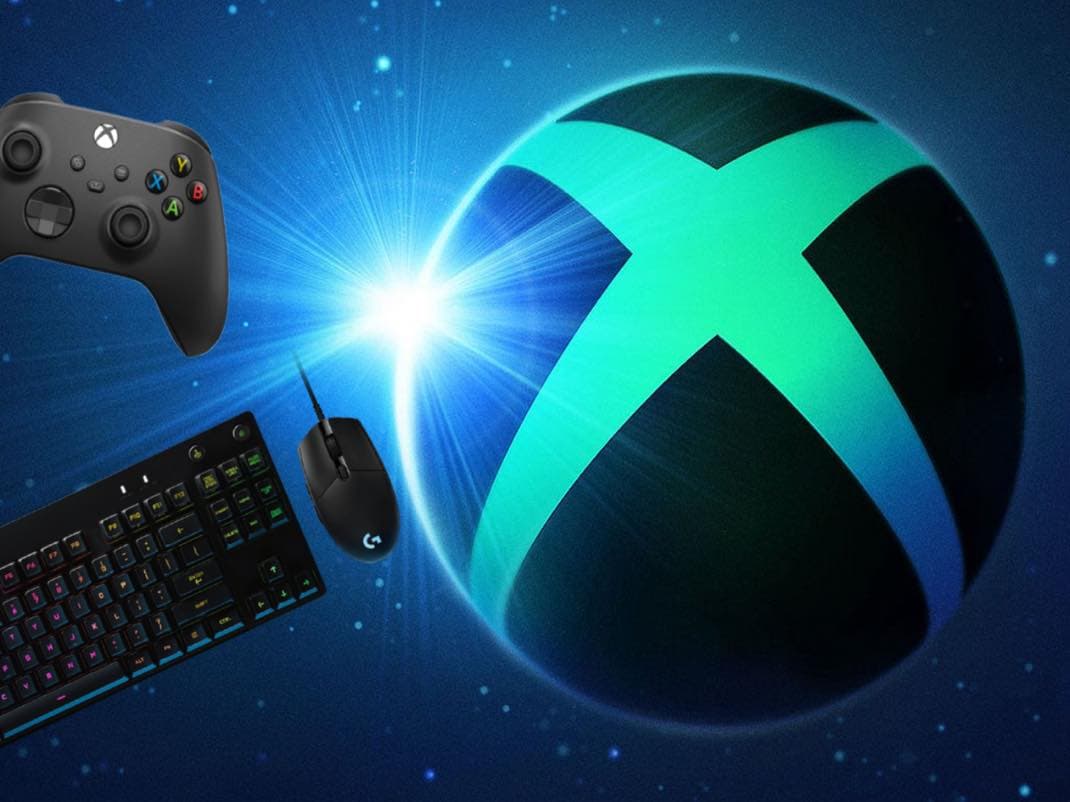
Microsoft’s latest quarter delivered a familiar split-screen for Xbox: services up a hair, consoles down hard. The headline is simple-gaming revenue slipped 2% year over year, with a bruising 29% drop in Xbox hardware translating to roughly $113 million less in the pot. As someone who’s followed Xbox since the 360 days, this caught my attention because it underscores a truth we’ve seen building for years: Xbox’s business is increasingly about subscriptions and software, while the console itself is struggling to justify its place in the living room.
The -2% decline isn’t catastrophic on its own. What matters is the mix: Xbox is selling fewer boxes, and by a lot. The Series X|S launched in 2020 and we’re deep into the mid-gen doldrums. The PS5 supply crunch is long over, PlayStation has consolidated momentum, and Nintendo’s next hardware is hovering over the market like a giant “maybe don’t buy a console today” sign. Layer in price adjustments in some regions and general economic caution, and you’ve got a tough retail environment for a device that hasn’t had a must-own, console-moving moment in a while.
Meanwhile, content and services inched up around 1%. That’s good-recurring revenue is the bedrock of the modern Xbox strategy—but it also suggests growth is slowing. The days of double-digit Game Pass surges might be behind us unless Microsoft finds fresh fuel: irresistible day-one drops, a broader PC push, or more third-party partnerships that don’t break the bank.
Three things are dragging the console side. First, timing: we’re past the honeymoon phase of the generation. Players who wanted a Series X|S likely already have one, and fence-sitters are waiting for a price cut, a mid-cycle refresh, or the next generation. Second, the exclusive pipeline hasn’t consistently delivered hardware-selling moments. There have been bright spots this gen, but not at the frequency or cultural heat needed to move millions of boxes on their own. Third, Xbox’s own strategy is de-emphasizing the need to own the console. When your games, cloud streaming, and PC support are strong, the box becomes more optional—which is great for access, but rough for hardware comps.

There’s also the messaging gap. Microsoft has been coy about its next console roadmap. That’s smart if plans are in flux, but silence tends to freeze buyers. If a new Xbox is coming in 2026 (a reasonable guess given the cycle), many will bide their time and scoop up a discount later.
Game Pass remains Xbox’s ace. A small revenue lift in services tells me subscribers are sticking around, buoyed by third-party additions and first-party drops hitting the library. But subscriptions are a volume game: you need constant, headline-worthy content to offset churn, and the economics get spiky if you rely too heavily on expensive third-party day-one deals.
The wild card is Activision Blizzard. Players have expected the acquisition to turbocharge Game Pass, but Microsoft has to balance hype with cannibalization fears. Bringing mega-franchises wholesale into a subscription is seismic—and complicated. The safest read is this: more big games will land in Game Pass over time, but not every tentpole, not every time, and not always day one. That tempered approach fits the modest 1% services growth we’re seeing.
If you’re already in the Xbox ecosystem, the value play is obvious: keep riding Game Pass. There’s still a deep library, strong PC support, and cloud as a handy try-before-you-download tool. For hardware, I’d wait. Black Friday-style bundles and targeted promos are almost guaranteed when you’re staring at a 29% unit drop. The Series S remains a budget-friendly entry, but be honest about your 4K ambitions and storage needs—expansion cards add up fast.

If you’re multi-platform, watch Microsoft’s cross-platform moves. The company has shown it’s willing to put select first-party titles on other consoles when it makes business sense. That trend may accelerate if hardware softness persists, which would be a win for players wherever they play, even if it muddies the “why buy Xbox hardware?” story further.
This quarter doesn’t spell doom; it clarifies the stakes. Xbox can thrive without winning the console sales race if services meaningfully outgrow hardware declines. Watch that content-and-services line—if it climbs mid-single digits or better while hardware slides, the pivot is working. If it stagnates around 1% and boxes keep falling 20%+, pressure will mount for a bolder reset: clearer next-gen messaging, sharper exclusive cadence, and more aggressive pricing.
Microsoft’s gaming revenue dipped 2% as Xbox hardware cratered 29% (~$113M), while services edged up 1%. Game Pass keeps the lights bright, but it can’t mask a weak console moment. Expect discounts, more cross-platform releases, and a louder push on PC and cloud while we all wait for the next Xbox reveal.
Get access to exclusive strategies, hidden tips, and pro-level insights that we don't share publicly.
Ultimate Gaming Strategy Guide + Weekly Pro Tips